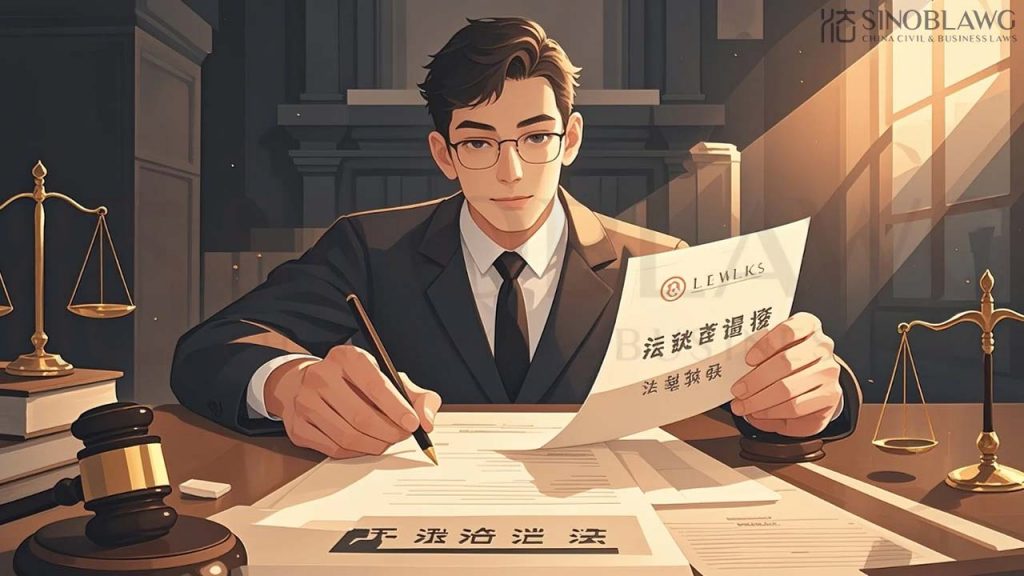This is a good lesson to be learned by legal professionals in China, and foreign law firms and lawyers instituting arbitration proceeding in China shall also bear this in mind.
Here is the true story: a seller and a buyer entered into a trademark transfer agreement pursuant to which the seller agrees to sell a trademark (the “Mark A“) to the buyer. Upon the buyer effecting title transfer with trademark office, it is told that the seller has a similar trademark (the “Mark B“) on the same products and this Mark B must be transferred together with Mark A. Otherwise, the trademark office will reject the title transfer application for Mark A. This is bad news for the buyer. He has invested a lot of money in the trademark and the business operation has been ongoing for some time. Unfortunately, seller does not agree to transfer Mark B. More unfortunately the trademark transfer agreement in respect of Mark A is silent on what can be done by the buyer in such a case. Buyer does not want to give up and now he thinks of legal action to attain its goal.
[For legal analysis of the dire situation on the part of the buyer, please refer to a recent post: pitfall for buyers of Chinese trademarks. This post does not focus on substantive legal issue but procedural one.]
The buyer hires two attorneys from a local law firm. The first thing before a lawyer when he is about to start a lawsuit is to decide on what claims the plaintiff can raise at Chinese court or arbitration bodies. Here a “claim” refers to a substantive demand brought up by the claimant or plaintiff before the judge or arbitral panel for compensation, damages, real performance, affirmation of validity of contract or payment of contract price etc.
Setting up proper claims is like setting up your destination for your long journey which will also affect or dictate where you should commence your endeavor. If the claims are wrong, you are set to lose in the legal proceedings. In practice, the same facts may give rise to different possible claims and it is the lawyer’s duty to help clients to work out the best claims based on clients’ goals in the dispute. It is at this stage where and when fighting strategy and road map should be framed and thought over.
Let us look at what claims the two lawyers on behalf of the buyer come up with in the arbitration proceeding:
(1) request the Seller to sell Mark A to it;
(2) request the seller to revoke the registration of Mark B.
The first claim is equivalent to request for real performance of the trademark agreement. However, the first claim is dependent on success of the second claim (due the similar mark issue in the cited post: pitfall for buyers of Chinese trademarks.). It is the second claim that invites serious doubt about the plaintiff’s understanding of the current situation and of the pertinent trademark laws.
The second claim is not just inappropriate, but wrong completely due to misunderstanding of China Trademark Law. Under China Trademark Law, the power of revoking a registered trademark is exclusively vested in the trademark office. In other words, other than China trademark office, no other agencies or bodies have the power to revoke or order the revocation of the registered trademark. In this case, how come you make a claim asking the arbitration body to order the revocation of a registered trademark? What’s more, under China Trademark Law, it is groundless to request the revocation of a similar mark (Mark B) in order to pave the way for the transfer of another contracted trademark (Mark A). It is almost 100% sure that the claim will fail in the end.
Here we see the importance of defining proper claims when plaintiffs initiate a lawsuit or file a case in China. When you make a mistake at the beginning, you will most likely end up failing in your lawsuit. Someone might think of the possibility of changing the claims during the legal proceedings. But the rules are that you can only change or modify your claims within the discovery period prescribed by courts or arbitration bodies (before the first hearing), elapsing of which renders it impossible to change the claim thereafter.
So defining the claims (or counter-claims) in a lawsuit is a paramount job to which lawyers should give full and sufficient consideration after thoroughly understanding the facts of the case and the goals of the clients. The basic rule is that you can only raise a valid claim when you have the clear legal ground supporting the same. But you are not clear about the legal ground if you don’t have a good understanding of the pertinent laws and good experiences in framing a litigation or arbitration.







Comments